How to Carry Out Pre-Use Checks on Tool Tethers
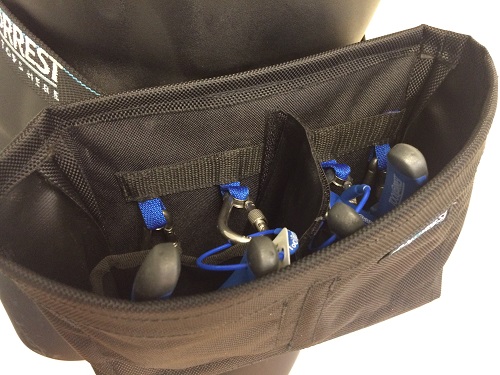
Carrying out pre-use checks on tool tethers is essential. These inspections ensure that tool tethering equipment is in good working order and can be relied on to keep your team safe if a tool is dropped from a height.
In today’s blog, we’re taking a look at how to carry out these pre-use checks on tool tethers. When done correctly, these inspections can be completed quickly and effectively.
Inspecting Your Tool@rrest Tether
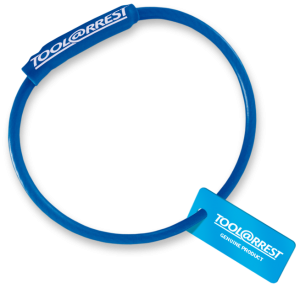
If your team is using a system with our blue tether, before any work proceeds, operatives should run the tether through their fingers and visually and physically check for:
- Cuts or abrasions to the PVC coating which expose the steel core.
- Burns or chemical erosion of the PVC coating.
- Cuts through to the steel core showing fraying of the internal cable.
- Displacement of the shrink at the join.
- Missing tether tags or serial numbers.
If any of the above signs show, please contact your distributor to have the tether replaced.
Inspecting the Tool@rrest Retr@ct 360
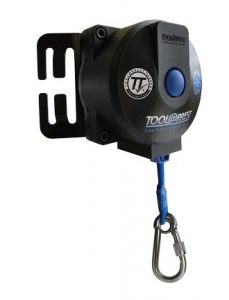
Operatives should pull the cord to its full extension and run their fingers over the lanyard, visually and physically checking that:
- There are no cuts, abrasions, burns or chemical erosion.
- The cord runs freely through the cleaning mechanism with no obstruction.
- The backing plate (the locking mechanism that fits the harness or tool belt) is not twisted or buckled.
- The retraction button is not clogged or sticking.
- The karabiner is securely attached to the cord and the karabiner gate closes completely.
If there are failures on any of these points, please contact your distributor to have the lanyard replaced.
Inspecting Tool@rrest Webbing Lanyards
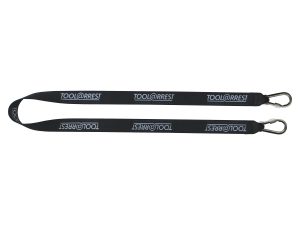
Operatives should run the lanyards through their hands and visually and physically check that:
- There are no cuts, abrasions, burns, wear or tear or chemical spillage that can compromise the strength of the webbing.
- The stitching has no fraying or deterioration.
- Connection Clips are not broken or damaged.
- The Karabiner Gate opens and closes freely and is free of dirt and dust with no restrictions.
- The Velcro connection on wrist lanyards is free of dirt and dust to ensure a good tight attachment.
If any of these signs show, please contact your distributor to have the lanyard replaced.
Inspecting Tool@rrest Wire Lanyards
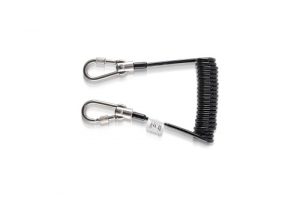
Operatives should run the lanyards through their hands and visually and physically check that:
- There is no fraying of the wire.
- The Karabiner Gate is free of dirt and the Screwgate Karabiner closes freely without restriction.
- The connection point between the Wire Lanyard and the Karabiner is secure with no erosion or deterioration.
If there are failures on any of these points, please contact your distributor to have the lanyard replaced.
Damage or deterioration can cause equipment failure. If wear or tear is identified, or if the product is involved in a dropped tool incident, it should be replaced immediately. Remember, the Tool@rrest team is always on hand to offer guidance or help you define a formal, rigorous process before implementing a tethered tool programme.
Tool@rrest – The Drop Stops Here.